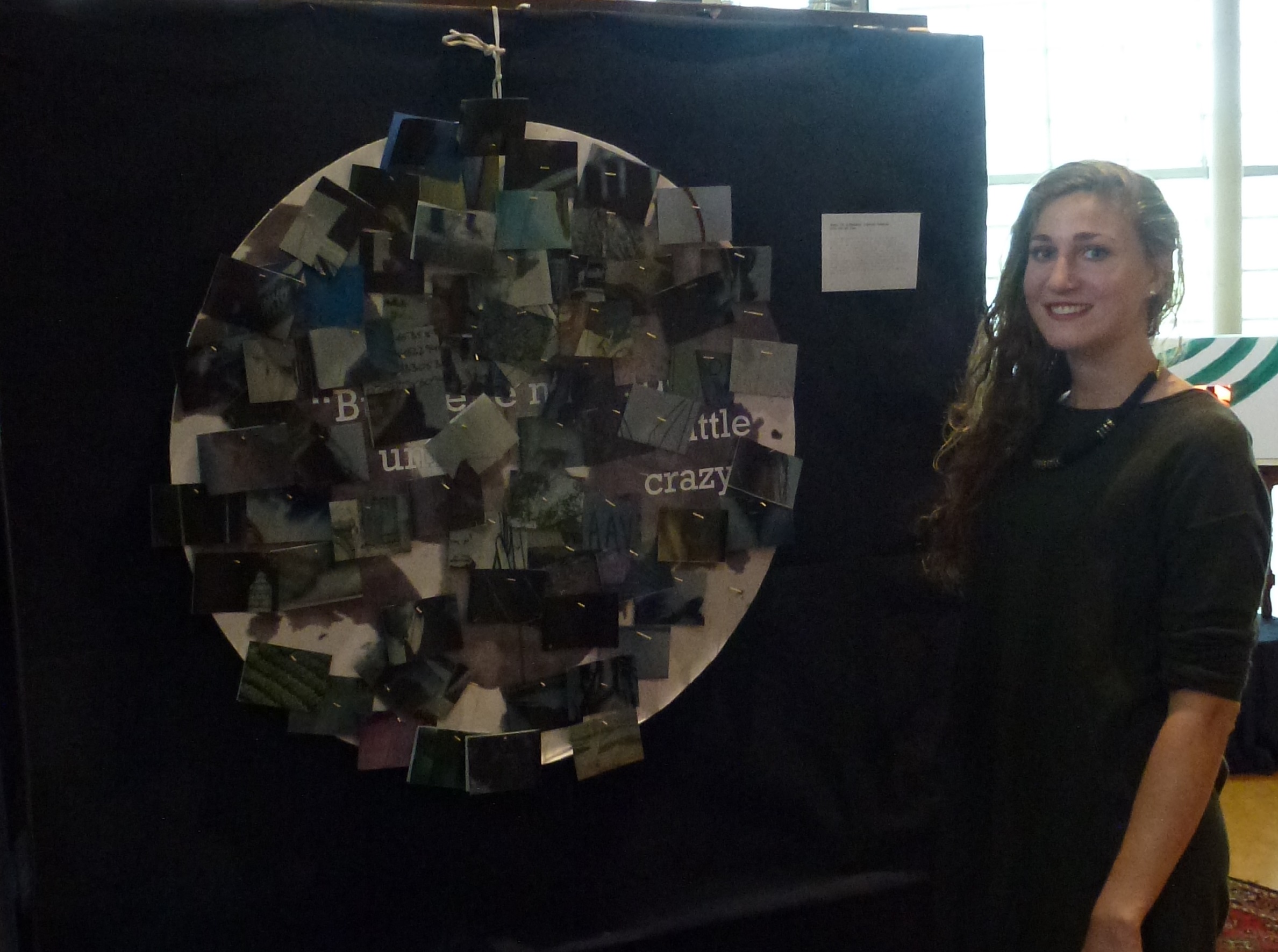Each year TU Delft hosts a new cultural professor and offers its students the chance to partake in a master class. In 2014 the participating students created art installations to display in a ‘wonder room’.
In 2014 TU Delft cultural professor Paulien Cornelisse led a Master Class: De wonderkamer (the wonder room). The completed installations on display in the wonder room reflect not only the diverse disciplines from which the twenty-six students in the master class come but also the different elements of life they decided to focus on. The wonder room will be on display in the TU Delft Library until July 7 2014.
Often referred to as ‘Cabinets of Curiosity’ or wunderkammers in German, wonder rooms were the precursor to modern-day museums. They were private collections of oddities amassed during times of exploration in the sixteenth and seventeenth centuries. These rooms often comprised previously undiscovered flora and fauna, fossils and cultural artifacts.
Architecture and industrial design student Dare van der Meer was one of the students taking part in Cornelisse’s master class. She describes how Cornelisse’s initial vision for the wonder room was one of students recreating an historical wonder room with a focus on animals. Van der Meer notes however, that the focus changed during the year.
The wonder room was ultimately aimed at “creating a piece of art that reflected something about us [the students]; something we had found out about ourselves as a result of the master class.” Van der Meer shares the motivation behind her installation, which looks at the idea of shame: “During aging, we all learn about shame and thus we forget to be creative. To reverse this process, for this master class, I created an art installation filled with 120 assignments. This way I hope to give people the chance to forget their shame and remember their creativity.”
Marine engineering student Bart Scheeren created an installation which reflects more broadly on life and what we tend to take for granted. He created his piece “to show what is wonderful and curious about life. To see what changed me into the person I am now. With it I hope to inspire others to look into the small things in life. To enjoy everything that changes you”.
In spite being named a wonder ‘room’, the installation is free standing in the main hall of the library. As such there is no door or entrance to the room. Van der Meer and Scheeren indicate that this was intentional. “We created the layout with no single entrance so that all pieces would be seen as equal”.



Comments are closed.